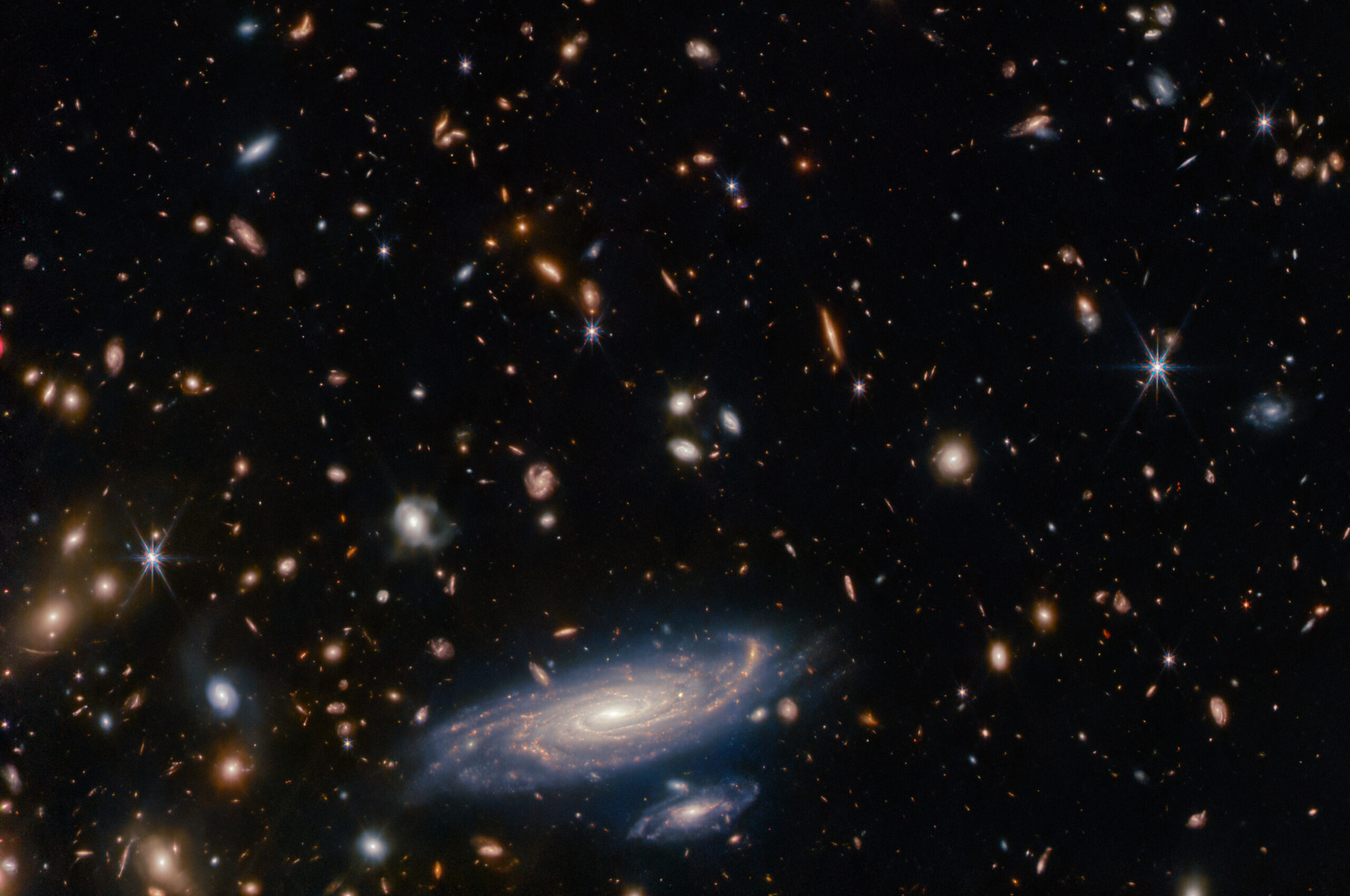New research from Palmerio et al. [2021] aims to explore techniques that may be useful to identify and analyse eruptions that are elusive when viewed against the solar disc. The authors revisited four well-known stealth CMEs that were characterised by off-limb observations from either one or both STEREO spacecraft, enabling knowledge of their approximate source region. They first applied different image-processing techniques to these events (see example in Figure 1), noting that the most prominent changes that can be attributed to eruptive signatures are evident in long-separation difference data (where to one image is subtracted a preceding one, from e.g. 12 hours prior). Once large-scale changes in the structure of the solar corona are singled out, more refined analysis using “plain” intensity images can be applied to interpret the identified structures, and data produced with more advanced processing techniques can be used to zoom-in on the source region and inspect the eruption in deeper detail.

Figure 1. Example of different image processing techniques applied to a stealth CME that erupted on 4 February 2012. The arrows in the last column point to the faint eruptive signatures (in terms of dimmings and brightenings) found in “plain” intensity images, difference images, and images processed with the wavelet packet equalisation and multi-scale gaussian normalisation techniques. Figure from Palmerio et al. [2021].
Since the events studied were characterised by two or three simultaneous observations of the Sun and its corona, the authors also applied several geometric techniques to reconstruct the eruptions in 3D and connect them to a more-or-less defined location on the solar disc (see example in Figure 2). They concluded that the efficacy of these methods strongly depends on the propagation direction of a CME with respect to the observers and the relative spacecraft separation, since it is not unusual for CMEs to deflect in latitude and/or longitude when they are only a few solar radii away from the surface.

Figure 2. Example of different geometric techniques applied to the same stealth CME shown in Figure 1, which erupted on 4 February 2012. The top row shows reconstructions applied to solar disc imagery using the tie-point technique, the middle row shows reconstructions applied to coronagraph data using the graduated cylindrical shell model, and the bottom row shows results from both methods. Figure from Palmerio et al. [2021].
The careful, multi-step analysis presented in Palmerio et al. [2021] suggests that stealth CMEs can in principle be successfully identified even if they look “invisible” at first glance, thus allowing their inclusion in space-weather forecasting models and predictions.
More information can be found here: “New method predicts ‘stealth’ solar storms before they wreak geomagnetic havoc on Earth” >>
References
Nitta, N. V., and Mulligan, T.: Earth-affecting Coronal Mass Ejections without Obvious Low Coronal Signatures, Solar Physics, 292:125. doi:10.1007/s11207-017-1147-7, 2017.
Palmerio, E., Nitta, N. V., Mulligan, T., Mierla, M., O’Kane, J., Richardson, I. G., Sinha, S., Srivastava, N., Yardley, S. L., and Zhukov, A. N.: Investigating remote-sensing techniques to reveal stealth coronal mass ejections, Frontiers in Astronomy and Space Sciences, 8:695966, doi:10.3389/fspas.2021.695966, 2021.
Robbrecht, E., Patsourakos, S., and Vourlidas, A.: No Trace Left Behind: STEREO Observation of a Coronal Mass Ejection without Low Coronal Signatures, The Astrophysical Journal, 701, 283–291, doi:10.1088/0004-637X/701/1/283, 2009.



